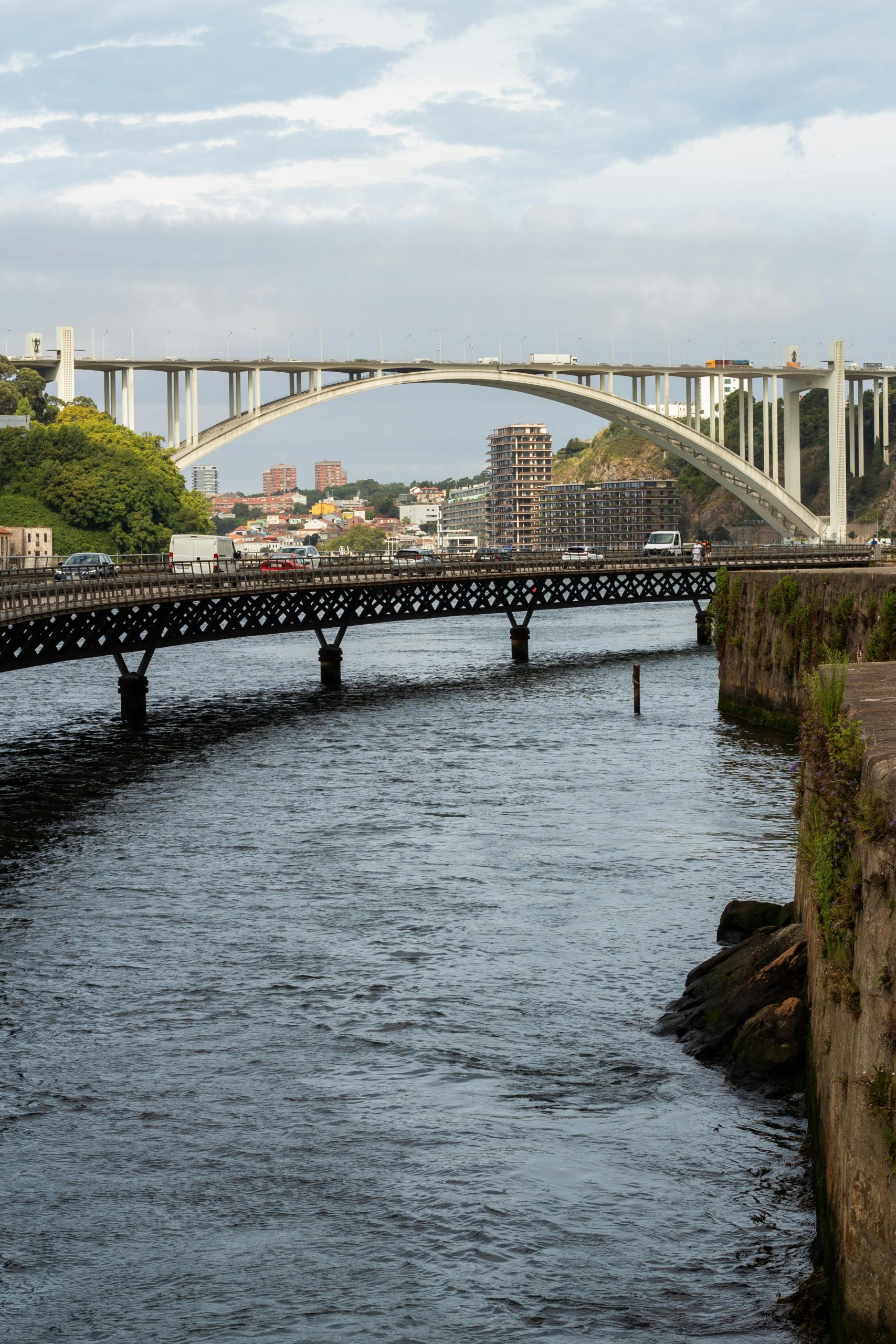Partially Found at Fault for an Accident I Wasn’t Involved In – Need Advice
I’m reaching out for advice after being deemed partially at fault in an accident I wasn’t directly involved in. Here’s the situation:
I was approaching a busy intersection where the traffic lights were malfunctioning. I was in the left turn lane, waiting for my chance to go. As cars to my left crossed through, I waited patiently for my turn. However, as the last car passed, I noticed another vehicle approaching the intersection that wasn’t stopping, even though it wasn’t their turn.
I cautiously began to pull out, hoping they would halt as well. When it became clear they wouldn’t, I stopped to let them pass. By then, I was already in the intersection but not blocking anyone’s path. The car could have easily gone around me without any issue. However, as I was completely stopped, the vehicle unexpectedly swerved to the left, apparently unaware of my presence. This resulted in them colliding with another car in the adjacent lane that also had disregarded the stop.
Assuming I wasn’t involved in the incident, I continued on my way. A week later, I received a notification that a claim had been filed against me. The other vehicle involved was a Tesla that captured my license plate on camera.
When I contacted my adjuster, I was informed that the police report indicated I was at fault. The report mentioned that the officer reviewed video footage from the Tesla, suggesting I didn’t have the right of way and proceeded when it wasn’t my turn. I questioned if my adjuster had seen the footage himself, and he revealed that the attorney for the claimants had only provided the footage from the Tesla’s side camera, refusing to share any from the front camera. My adjuster noted that the footage showed another car ahead of the one that swerved, indicating that the swerving driver was indeed at fault for not stopping at the intersection. When this was pointed out to the attorney, he dismissed the claim, insisting the other driver had the right of way.
I have a dashcam in my car, but I didn’t save the footage, and by the time I learned of the claim, the recording had been overwritten. I provided a full account of the incident to my adjuster. I also reached out to the insurance companies for both vehicles, both of which are with GEICO, and they confirmed they were accepting full liability for the driver who swerved, stating they didn’t require my statement.
Two weeks later, my adjuster informed me that due to the police report and the claimants agreeing I was at fault, he would be attributing 50% liability to me and paying out policy limits to those injured in the accident.
At this stage, I’m looking for any advice on how to proceed. I requested the body-worn camera footage from the police, but it would cost $245 and wouldn’t be ready for 6-9 months, which seems impractical. I work as a claims adjuster myself but I’m at a loss regarding my next steps in this situation. Any guidance would be appreciated.




I’m sorry to hear about your situation; it sounds incredibly frustrating. Here are some steps that might help you navigate this issue:
Request a Copy of the Police Report: If you haven’t already done so, obtain a complete copy of the police report. This will help you understand precisely what the officer wrote and the reasoning behind the fault determination.
Gather Evidence: You mentioned that you have a dashcam, but the footage was overwritten. If possible, gather any other evidence (photos of the intersection, witness statements, etc.) that might support your version of events. If there were other cars at the intersection, drivers or passengers may have witnessed the accident and can attest to the right of way.
Consult an Attorney: Given that there are claims and potential lawsuits involved, it may be beneficial to speak to an attorney who specializes in traffic accidents or insurance claims. They can provide tailored legal advice and may be able to guide you on how best to contest the liability determination.
Request the Video Footage: If you can, follow up with the attorney representing the other driver to see if they might be willing to share the additional video footage. While they may be reluctant, it’s worth asserting your interest, especially since the footage could clarify the situation significantly.
Challenge the Liability Determination with Your Insurer: Since your adjuster is accepting liability based on the police report and statements from the claimants, ask them if there’s a process to formally dispute their decision. You can present any gathered evidence that supports your case.
Document Everything: Keep a detailed record of all communications with your insurance adjuster, the other party’s lawyer, and any witnesses. This includes dates, times, the names of people you spoke to, and the content of those conversations.
Consider a Mediation or Dispute Resolution Process: If you believe strongly in your case, some insurance companies may have a process for mediation where an independent party helps settle disputes. Check if this option is available with your insurer.
Stay Calm and Persistent: It can be disheartening, but remaining persistent and calm in your communications can help. Keep advocating for yourself and seek assistance where necessary.
The combination of your position in the industry and the steps suggested above could empower you to make a stronger case. Good luck, and I hope you find a path to resolve this!